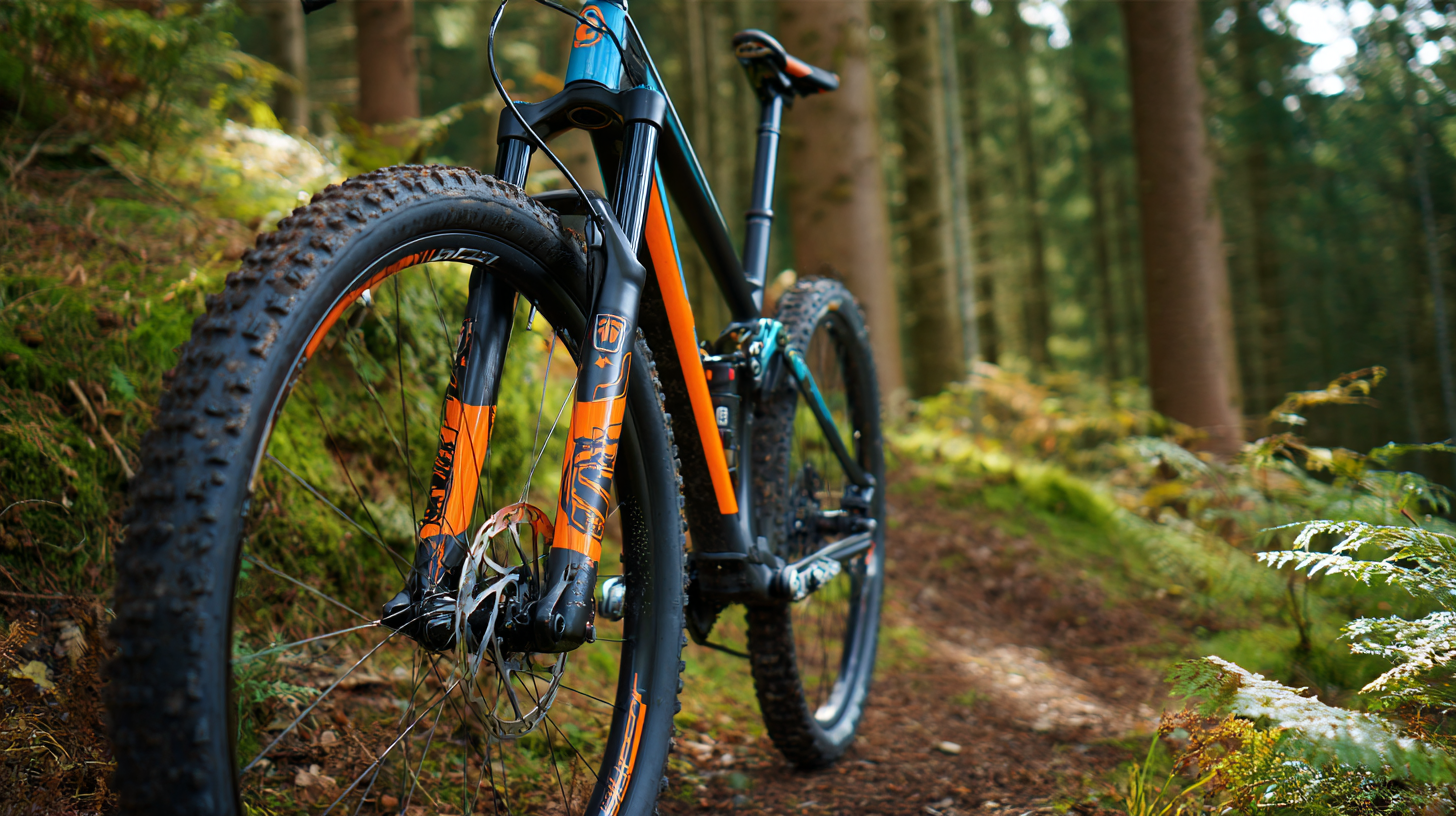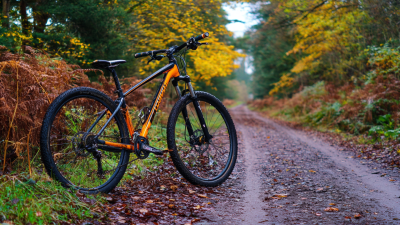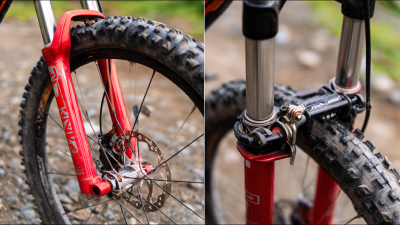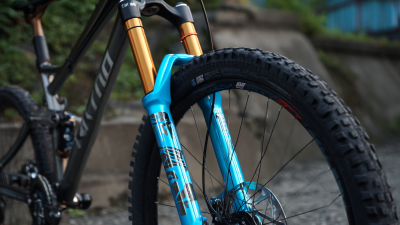Choosing the right MTB front suspension is crucial for enhancing your riding experience and performance on diverse terrains. According to industry reports, nearly 70% of mountain bikers attribute their confidence and control on the trails to the quality of their suspension systems. With various riding styles and conditions, understanding how to select the ideal MTB front suspension can significantly impact both comfort and efficiency. From cross-country racing to downhill rides, the suspension type can affect handling, traction, and overall ride feel. Research indicates that 55% of riders often overlook key suspension features, leading to suboptimal performance and increased fatigue. Therefore, it is essential to examine factors such as travel length, adjustability, and dampening technology when making a decision. This guide aims to empower riders, equipping them with the necessary knowledge to choose the perfect MTB front suspension tailored to their individual riding style and trail challenges.
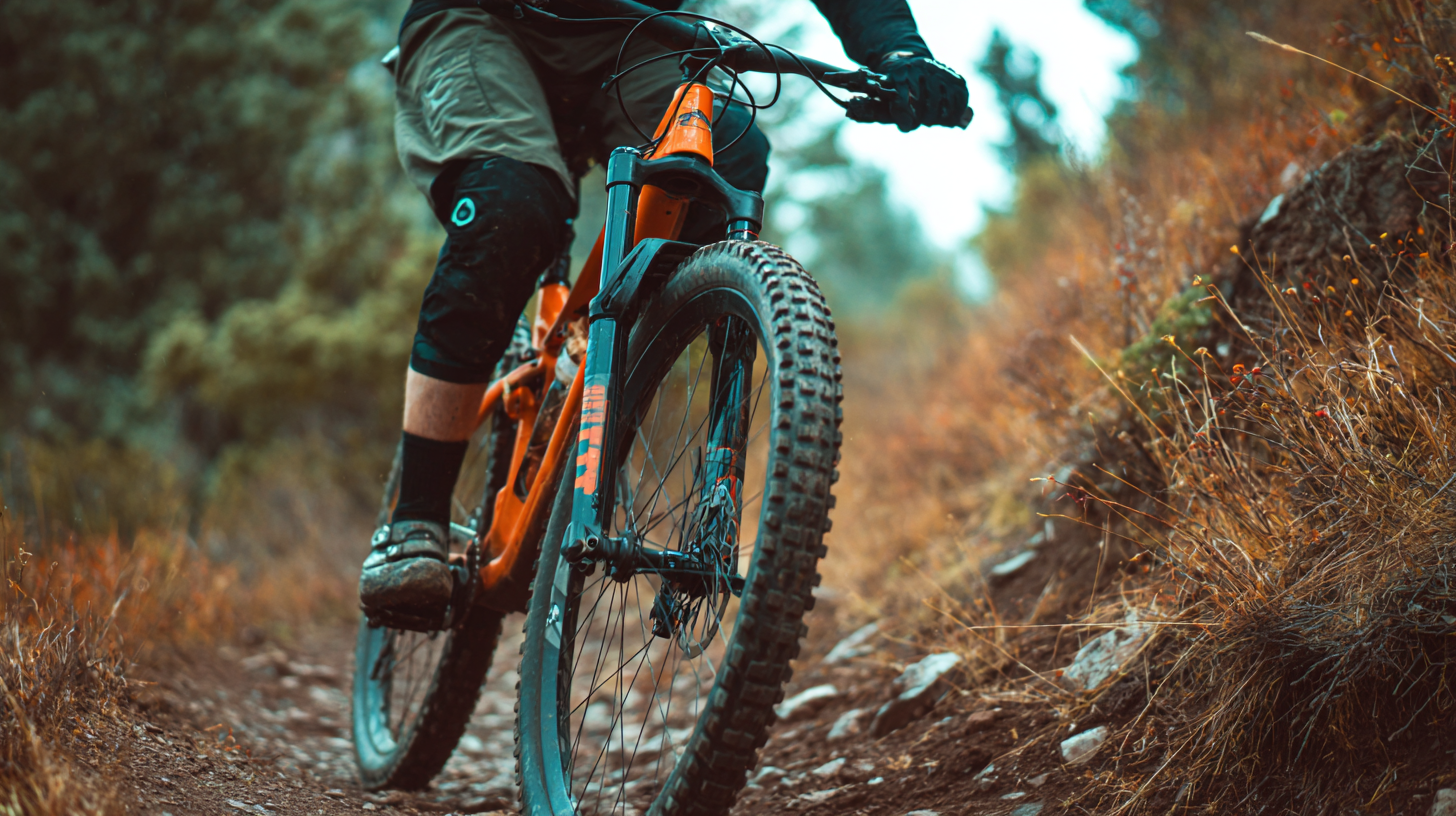
When choosing the right MTB front suspension, understanding your riding style and terrain preferences is crucial. Riders who favor aggressive downhill trails will benefit from a suspension system with more travel and a firmer setup, allowing for better control over rough descents and an ability to absorb larger impacts. In contrast, those who enjoy cross-country biking might opt for a lighter suspension with less travel, as efficiency and weight are key factors in maintaining speed on smoother paths.
Moreover, terrain greatly influences suspension choice. For example, if you frequently ride on rocky trails with frequent obstacles, a more forgiving suspension with adjustable settings can enhance comfort and stability. Meanwhile, riders who primarily navigate flatter, less technical routes might prioritize a stiffer suspension to improve responsiveness and pedaling efficiency. By carefully assessing your riding style and the characteristics of the trails you frequent, you can make an informed decision that ensures an optimal biking experience.
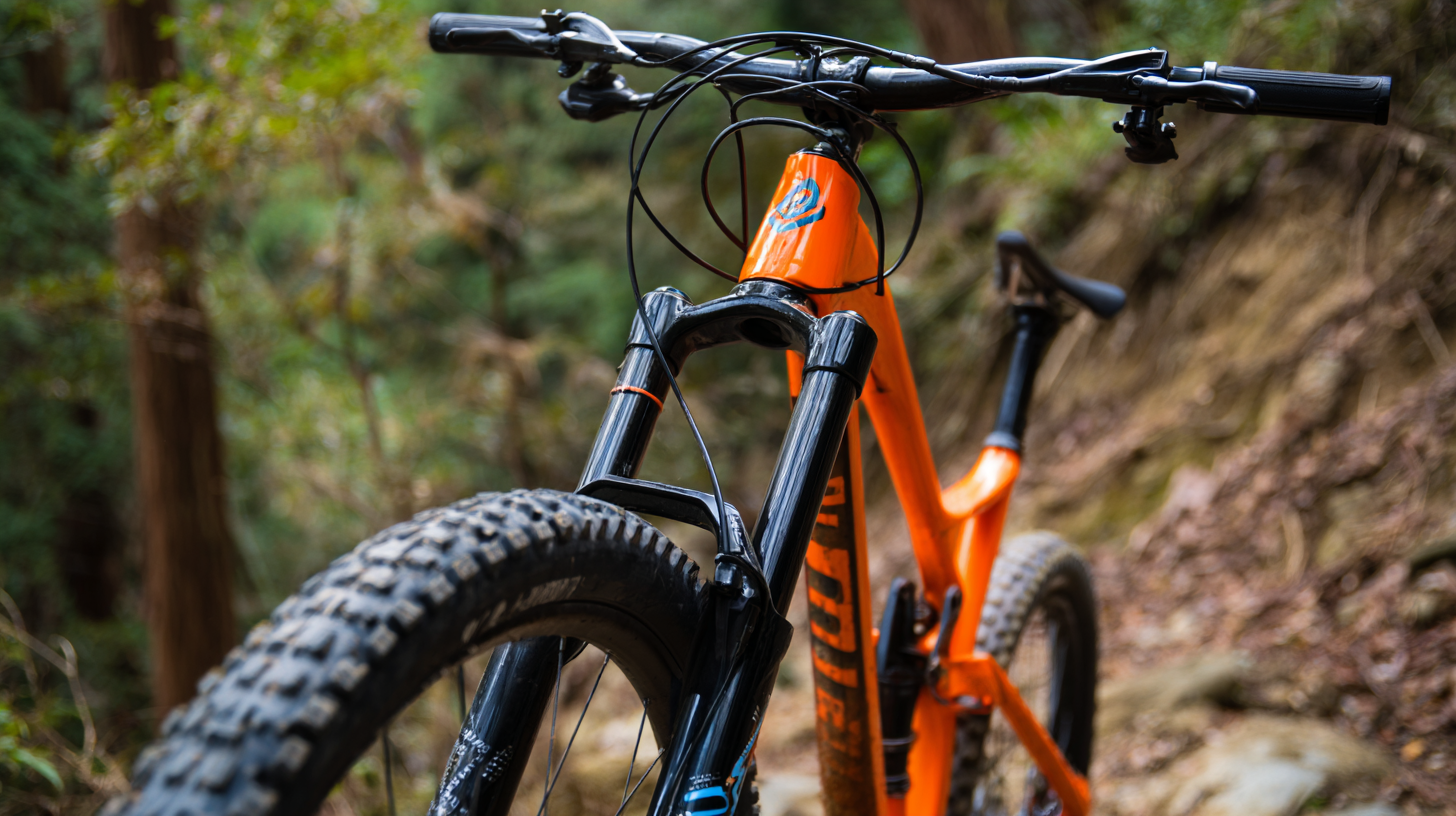
When selecting the right front suspension for your mountain bike (MTB), understanding the various fork designs and features is crucial. There are primarily two types of front suspension forks: telescopic and single-sided. Telescopic forks are the most common and provide a smooth ride over uneven terrain, using a dual-crown design to absorb shocks. Conversely, single-sided forks offer a lightweight alternative that can enhance performance in technical riding by allowing for better handling.
Tips: When evaluating different fork designs, consider the terrain you most frequently ride on. A heavier, sturdier telescopic fork may be beneficial for rough trails, while a lighter single-sided model can enhance agility on smoother paths. Additionally, pay attention to travel length; shorter travel offers a more responsive ride, while longer travel is advantageous for tackling bigger drops and rugged landscapes.
Furthermore, features such as adjustability and lockout systems can greatly impact your riding experience. Adjustable compression settings allow riders to fine-tune the fork's performance based on trail conditions, while lockout features enable quicker climbing. Tips: Look for forks with features that match your riding style. If you enjoy a mix of climbing and descending, an adjustable fork can provide the versatility you need to excel in both environments.
This chart displays the comfort levels associated with different types of MTB front suspensions, measured on a scale from 1 to 10. As evident from the data, full suspension offers the highest comfort level, making it ideal for varied terrains, while hardtails are more rigid but suitable for smoother paths.
When selecting the right mountain bike (MTB) front suspension, one of the most critical aspects to consider is suspension travel. Suspension travel refers to the distance the fork can compress under load, directly impacting your bike's handling and comfort. Riders seeking to tackle rough terrains, like rocky descents or technical trails, often benefit from longer travel, typically in the range of 130mm to 160mm. According to a report from the International Mountain Bicycling Association, around 65% of riders prefer this travel category for aggressive riding styles, as it offers better absorption of shocks, contributing to both speed and control.
Conversely, shorter suspension travel, generally around 100mm to 120mm, appeals to cross-country and trail riders whose focus is on efficiency and climbing. A study by the National Interscholastic Cycling Association revealed that these riders prioritize climbing ability and lightweight setups, making a stiffer fork with limited travel more desirable. Selecting the correct suspension travel ultimately hinges on understanding your riding style and the types of trails you frequent, ensuring an optimal balance between performance and comfort on your MTB adventures.
When it comes to choosing the right MTB front suspension, understanding the balance between price and performance is crucial. Professional reports suggest that a properly tuned suspension can enhance both comfort and control, which are essential for different riding styles. According to a study by the International Mountain Bicycling Association (IMBA), riders equipped with higher-quality suspension systems reported a 30% better experience on technical trails compared to lower-end models. This indicates that investing in a quality suspension can significantly improve your riding passion and capability.
Budgeting wisely requires focusing on key features that align with your riding style. For example, a survey conducted by Bicycle Retailer indicated that over 60% of mountain bikers prefer air suspension due to its adjustability and weight advantages, especially for aggressive trails. However, it’s also essential to consider coil options, known for their durability and consistent performance, which may appeal to riders focusing on downhill or endurance events. Therefore, when allocating your budget, examine both the short-term performance benefits and the long-term reliability to ensure the best value for your money.
| Riding Style | Suspension Type | Travel (mm) | Price Range ($) | Performance Rating (1-10) |
|---|---|---|---|---|
| Cross Country | Air Suspension | 100 | 300 - 800 | 8 |
| Trail | Coil Spring | 120 | 400 - 1000 | 7 |
| All Mountain | Air Suspension | 150 | 600 - 1200 | 9 |
| Enduro | Progressive Coil | 160 | 800 - 1500 | 10 |
| Freeride/DH | Dual Crown | 200 | 1000 - 2000 | 10 |
Maintaining your MTB front suspension is crucial for ensuring optimal performance on varied terrains. According to a report by the International Mountain Bicycling Association (IMBA), regular maintenance can extend the life of your suspension components by up to 50%. The frequency of maintenance largely depends on riding conditions; for instance, riding in wet or muddy environments may necessitate more frequent servicing, ideally every 20-30 hours of riding. Proper maintenance involves cleaning, lubricating, and inspecting bushings and seals to prevent dirt and debris from causing damage.
